Related Research Articles
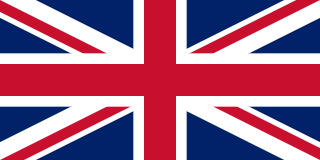
The Province of Canada was a British colony in British North America from 1841 to 1867. Its formation reflected recommendations made by John Lambton, 1st Earl of Durham, in the Report on the Affairs of British North America following the Rebellions of 1837–1838.

The Quebec Liberal Party is a provincial political party in Quebec. It has been independent of the federal Liberal Party of Canada since 1955. The QLP has always been associated with the colour red; each of their main opponents in different eras have been generally associated with the colour blue.
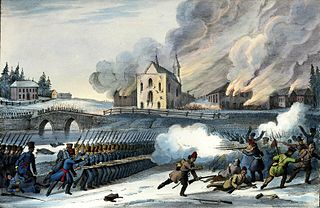
The Lower Canada Rebellion, commonly referred to as the Patriots' Rebellion in French, is the name given to the armed conflict in 1837–38 between rebels and the colonial government of Lower Canada. Together with the simultaneous rebellion in the neighbouring colony of Upper Canada, it formed the Rebellions of 1837–38.

Joseph-Napoléon-Henri Bourassa was a French Canadian political leader and publisher. In 1899, Bourassa was outspoken against the British government's request for Canada to send a militia to fight for Britain in the Second Boer War. Prime Minister Sir Wilfrid Laurier's compromise was to send a volunteer force, but the seeds were sown for future conscription protests during the World Wars of the next half-century. Bourassa unsuccessfully challenged the proposal to build warships to help protect the empire. He led the opposition to conscription during World War I and argued that Canada's interests were not at stake. He opposed Catholic bishops who defended military support of Britain and its allies. Bourassa was an ideological father of French-Canadian nationalism. Bourassa was also a defining force in forging French Canada's attitude to the Canadian Confederation of 1867.
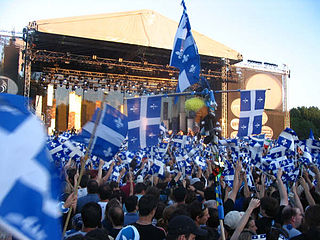
Quebec nationalism or Québécois nationalism is a feeling and a political doctrine that prioritizes cultural belonging to, the defence of the interests of, and the recognition of the political legitimacy of the Québécois nation, particularly its French Canadian population. It has been a movement and a central issue in Quebec politics since the beginning of the 19th century. Québécois nationalism has seen several political, ideological and partisan variations and incarnations over the years.

The Institut canadien de Montréal was founded on 17 December 1844, by a group of 200 young liberal professionals in Montreal, Canada East, Province of Canada. The Institute provided a public library and debating room for its members. At the time, there were no French-language universities nor public libraries in Montreal. Between 1845 and 1871, some 136 lectures were held inside the Institute's walls. The Institute eventually came into conflict with the Roman Catholic Church over the contents of its library. Partly as a result of the dispute with the Church, the Institute eventually folded in the 1870s.
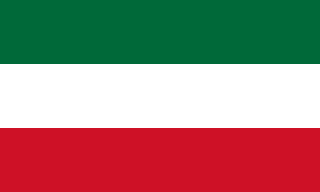
The Parti canadien or Parti patriote was a primarily francophone political party in what is now Quebec founded by members of the liberal elite of Lower Canada at the beginning of the 19th century. Its members were made up of liberal professionals and small-scale merchants, including François Blanchet, Pierre-Stanislas Bédard, John Neilson, Jean-Thomas Taschereau, James Stuart, Louis Bourdages, Denis-Benjamin Viger, Daniel Tracey, Edmund Bailey O'Callaghan, Andrew Stuart and Louis-Joseph Papineau.

John Neilson was a journalist, publisher and politician in Lower Canada. Born in Scotland, he emigrated to Lower Canada in 1791 at age 15, to work in his older brother's publishing company in Quebec City. On his brother's death a few years later, he inherited the business. Neilson became one of the leading publishers and booksellers in Lower Canada and in Upper Canada, selling books in both French and English. He was the editor of the newspaper La Gazette de Québec / The Quebec Gazette, published in French and in English.

Le Canadien was a French language newspaper published at various times in Lower Canada, then the Province of Canada, and finally the province of Quebec, at various times in the 19th century. It went through three different publication phases, with interruptions in publishing.
Liberalism has been a major trend in Canadian politics since the late 18th century. Canada has the same features of other liberal democracies in the Western democratic political tradition. This article gives an overview of liberalism in Canada. It includes a brief history of liberal parties with substantial representation in parliament.

Denis-Benjamin Viger was a 19th-century politician, lawyer, and newspaper publisher in Lower Canada, who served as joint premier of the Province of Canada for over two years. A leader in the Patriote movement, he was a strong French-Canadian nationalist, but a social conservative in terms of the seigneurial system and the position of the Catholic church in Lower Canada.

Austin Cuvillier was a businessman and political figure in Lower Canada and Canada East. He was a successful Canadien businessmen, unusual when most businessmen in Lower Canada were British. He also was a member of the Legislative Assembly of Lower Canada for twenty years, as a member for the Parti canadien, which tended to oppose the policies of the British-appointed governors. As a result, he served as a bridge between the conservative business community, and the more radical Parti canadien, although he finally broke with the Parti canadien prior to the Lower Canada Rebellion of 1837–1838.
Denis-Benjamin Papineau was joint premier of the Province of Canada for Canada East from 1846 to 1847. The joint premiers for Canada West during this period were William Henry Draper and then Henry Sherwood (1847).

Daniel Turp is a professor of constitutional and international law at the Université de Montréal in Montreal, Quebec, Canada. He served as a Bloc Québécois member of Parliament from 1997 to 2000 and as a Parti Québécois member of the Quebec National Assembly from 2003 to 2008.
Jacob De Witt was a businessman, banker and political figure in Lower Canada and Canada East, Province of Canada. Beginning in the hardware trade, he expanded into steamship transportation on the River St. Lawrence and then banking. He was elected to the Legislative Assembly of Lower Canada and generally supported the Parti patriote, but did not participate in the Lower Canada Rebellion of 1837. After the union of Lower Canada and Upper Canada into the Province of Canada, he was elected to the new Legislative Assembly. He initially supported the reform measures of Louis-Hippolyte LaFontaine, but gradually became more radical, ending his political career as member of the Parti rouge and calling for the voluntary annexation of Canada to the United States. He continued in business, particularly banking, until his death in 1859.

Louis-Michel Viger was a lawyer, banker, businessman, seigneur and political figure in Lower Canada, and then in Canada East in the Province of Canada.
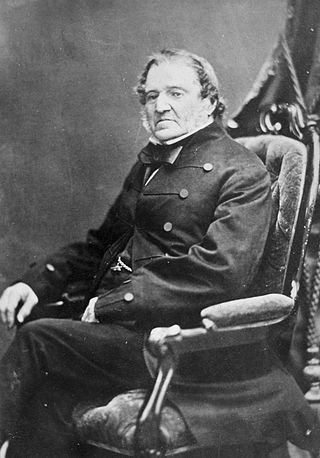
Frédéric-Auguste Quesnel,, was a lawyer, businessman and politician in Lower Canada. He was a member of the Legislative Assembly and the Executive Council of Lower Canada. Following the union of the Canadas, he was elected to the Legislative Assembly of the Province of Canada and later was appointed to the Legislative Council. Throughout his career he was a political moderate, seeking greater political power for French-Canadians under British rule, but also supporting the British connection generally. Condemned by the Patriotes as a vendu ("sell-out") in the Lower Canada Rebellion, in 1860 he was elected President of the Saint-Jean-Baptiste Society of Montreal.
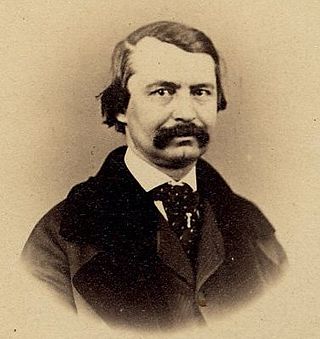
Louis-Antoine Dessaulles was a Quebec seigneur, journalist and political figure.
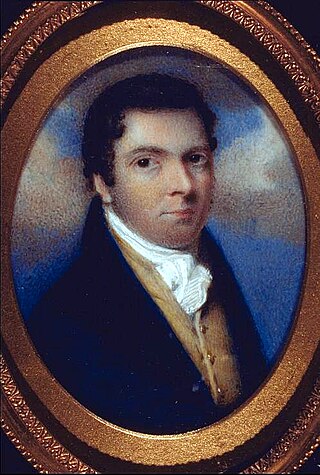
Côme-Séraphin Cherrier was a lawyer and political figure in Lower Canada.
This Bibliography of Louis-Joseph Papineau, is an incomplete list of all things written by or published about Louis-Joseph Papineau in either French or English, original or translation.
References
- ↑ Riendeau, Roger (2007). A Brief History of Canada. Infobase Publishing. pp. 167–168. ISBN 9781438108223 . Retrieved 9 October 2017.
- ↑ Raymond B. Blake, Jeffrey Keshen, Norman J. Knowles, Barbara J. Messamore (2017). Conflict and Compromise: Pre-Confederation Canada. Toronto: University of Toronto Press. ISBN 9781442635531 . Retrieved 27 January 2018.
{{cite book}}: CS1 maint: multiple names: authors list (link) - ↑ Cornell, Paul (1962). The Alignment of Political Groups in Canada, 1841-1867 . Toronto: University of Toronto Press.
- ↑ Careless, JMS (1967). The Union of the Canadas . Toronto: McClelland and Stewart Ltd. ISBN 9780771019128.
- ↑ Michael J. Goodspeed (2017). How Different It Was: Canadians at the Time of Confederation. Dundurn. p. 94. ISBN 9781459736955 . Retrieved 27 January 2018.
Additional references
- "Parti rouge", in The Canadian Encyclopedia. Historica Foundation, 2008
- Claude Bélanger, "Parti Rouge", in The Quebec History Encyclopedia, 2006
- "The parti rouge", in Canadian Confederation, Library and Archives Canada, December 14, 2001, updated July 16, 2012
Additional French-language information sources
- Lamonde, Yvan (2000). Histoire sociale des idées au Québec, 1760-1896, Montréal: Éditions Fides , 576 p. ISBN 2-7621-2104-3 (online)
- Lamonde, Yvan (1994). Louis-Antoine Dessaulles, 1818-1895: un seigneur libéral et anticlérical, Saint-Laurent: Fides, 369 p. ISBN 2-7621-1736-4
- Lamonde, Yvan (1990). Gens de parole: conférences publiques, essais et débats à l'Institut canadien de Montréal, 1845-1871, Montréal: Boréal, 176 p. ISBN 2-89052-369-1
- de Lagrave, Jean-Paul (1976). Le combat des idées au Québec-Uni, 1840-1867, Montréal: Editions de Lagrave, 150 p.
- Bernard, Jean-Paul (1971). Les Rouges; libéralisme, nationalisme et anticléricalisme au milieu du XIXe siècle, Montréal: Presses de l'Université du Québec, 394 p. ISBN 0-7770-0028-8
- Dumont, Fernand, Montminy, Jean-Paul, and Hamelin, Jean ed. (1971). Idéologies au Canada français, 1850-1900, Québec: Presses de l'Université Laval, 327 p.
